A high-performance turbine twin developed a harsh reputation in the 1980s and ’90s. Analysis suggests a blend of human and technical factors lay behind the hazard.
| Mitsubishi MU-2B-60 Marquise, VH-BBA Leonora WA, Friday, 16 December 1988 |
The machine does not isolate man from the great problems of nature but plunges him more deeply into them.
Antoine de Saint Exupéry, Wind, Sand and Stars, 1939.
The morning after, and nine miners were flying back to Kalgoorlie after the previous night’s Christmas celebrations. At a civilised 9.55 am, their chartered aircraft took off from Leinster, outback Western Australia. The flight south to Kalgoorlie was to take about 50 minutes.
About 10.15 am, a witness on a pastoral property 105 km south of Leinster saw the aircraft fly overhead in a westerly direction toward a small storm. The witness said the aircraft was in straight and level flight below the cloud base, estimated to be around 5000 feet. The witness then saw the aircraft enter a descending left turn, which tightened into a rapid descent. The witness lost sight of the aircraft behind trees but soon after saw a fireball near where it disappeared. There were no survivors. It was Australia’s fifth deadliest aircraft accident at the time (now eighth worst), As of 2022, it remains the world’s second worst MU-2 accident.
Australia’s aviation investigation body at the time, the Bureau of Air Safety Investigation (BASI), could not reconcile the witness’s description of the aircraft being straight and level at 5000 feet with its flight plan. BASI’s report concluded the witness may have seen the aircraft as it oscillated to its peak nose-up position during a spin, which could give the impression of level flight. ‘It is also possible that the pilot recovered from the initial spin only to re-enter a spin due to somatogyral and oculogyral illusions … If the pilot did effect recovery and then re-entered the spin, it may have occurred as the witness looked up,’ the report said.
BASI could find no pre-accident damage to the engines, airframe or controls. The original spin was probably due to a build-up of icing on the airframe which caused the airspeed to decrease to the point where the aircraft stalled and entered a spin; the pilot had not become aware of the decreasing airspeed in time to take action to prevent loss of control. But why had this happened to a licensed pilot flying a certified aircraft?
The complexity of its systems and its high wing loading brought a lot of people unstuck.
Human and machine
Mitsubishi Heavy Industries began development of the MU-2 in 1956 and the aircraft first flew in 1963. It was an innovative type, notable for its performance. Its narrow wing is designed for high-speed flight – some versions of the MU-2 are faster in cruise than a Cirrus Jet – but requires careful handling. Full-width double-slotted flaps transform the wing for take-off and landing, with touchdown speed an undemanding 100 knots. But full-width flaps require an unusual feature, borrowed from jet aircraft design – roll control by spoilers instead of ailerons. Tip tanks sit in the low-drag sweet spot at the end of each wing, outboard of Garrett (now Honeywell) TPE-331 turboprop engines that delivered 778 hp each (580kW) in some versions.
MU-2 production began in 1965 and took place in Japan and San Angelo, Texas, US. The type’s first fatal crash was recorded in 1968 into farmland in the US state of Missouri. The aircraft was seen in a vertical dive and the brief National Transportation Safety Board docket on the incident says, ‘Malfunction of artificial horizon and turn needle … Pilot in command attempted operation of aircraft with known deficiencies of equipment.’ That tragedy set the tone for most of the type’s crashes – the cause lay not entirely in the operator or entirely in the machine, but in the interaction between the two.
Graham Murphy flew several versions of the MU-2 for 4,820 hours of his 22,000-hour career in charter, instruction, aeromedical and business aviation. In mid-2022, the final months of his long career, he remains the CASA type advisor for the aircraft. He is neither a naysayer or booster for the type, but attributes most of its losses to mismatches between pilot and aircraft. ‘The MU-2 is not a private pilot’s aeroplane – it’s for experienced professionals.’
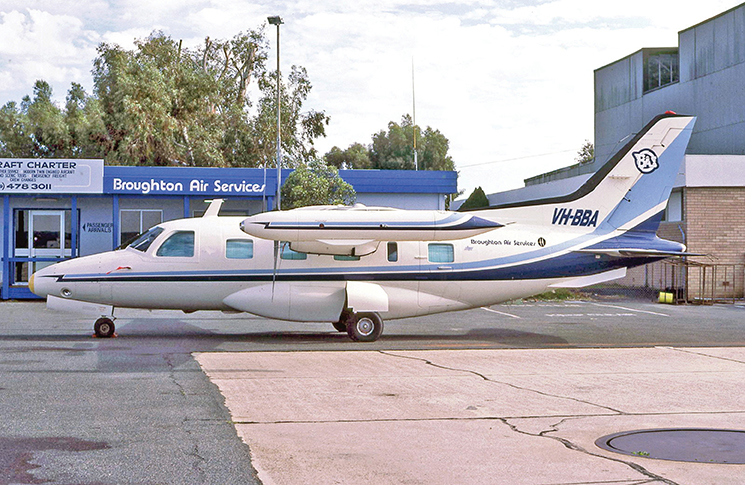
While no single feature of the aircraft is demonstrably unsafe, its combination of complexity, high performance and in some years low price made it tempting and available to pilots who lacked the background and experience to safely manage it, he says. He notes that once the aeroplane developed its reputation, there was a period when a mid-hours MU-2 was cheaper to buy than a low-hours piston single. The analogy of young drivers and high-performance cars is illustrative but imperfect, he says. It is not just temptation to misbehave but the inherent complexity of the aircraft that kills the inexperienced.
‘The complexity of its systems and its high wing loading brought a lot of people unstuck,’ Murphy says. ‘If you had previous jet experience, it wouldn’t be an issue, but if you came out of a [Cessna] 310 or a Baron, you would not be used to it. A lot would depend on the endorsement or training you were given.’
This was made starkly clear to Murphy when he attended the first fatal Australian MU-2 crash, at Bargo near Sydney in May 1983.
‘It was a terrible scene. The aircraft had come down vertically, probably in a spin. The entire accident scene was no larger than a backyard,’ he says.
The pilot on that night freight run had come from New Guinea, no doubt accruing varied experience and sharpened handling skills in his time there. ‘But this was his first turbine aeroplane,’ Murphy says. ‘He had about 80 hours on type.’
There were icing conditions on that late autumn night. ‘With the wing area of the MU-2, any ice reduced lift dramatically and the pilot had a bad habit of climbing with vertical speed as the reference [instead of IAS],’ he says. ‘Also, for some reason he filled up with fuel, including the tip tanks.
‘As the aeroplane climbed, it got closer to the stall. It probably stalled at climb power and went into a steep spin. The full tip tanks would have added a strong moment arm to this. The centripetal force would have been extreme and, at night, with the gyros toppled, he would have had no idea what was happening.’
Another tragedy
While BASI was investigating the Leonora crash, there was another fatal MU-2 crash in Western Australia. One minute after a position report in the early hours of 26 January 1990, the pilot of an MU-2 flying from Perth to Port Hedland radioed that the aircraft was out of control and descending. He called again 30 seconds later and said the aircraft was in ice and spinning down through 8,000 feet. Another aircraft saw the crash, which killed the pilot and a passenger.
BASI consolidated its investigations into this crash and the Leonora disaster. Its report found each of the 2 accidents involved these events:
- Weather conditions were conducive to the formation of airframe ice on an aircraft flying through the area above the freezing level.
- The aircraft probably accrued airframe icing which may not have been visible to the pilot.
- The airspeed decreased and the autopilot attempted to maintain attitude, rate of climb or altitude by applying nose-up trim inputs.
- The airspeed continued to decrease to the point of stall, which probably was considerably higher than the normal clean-stall speed for the aircraft.
- The aircraft probably entered a spin from which the pilot failed to recover.
- Both pilots had inadequate training on the aircraft.
Recovering an MU-2 from a spin was unlikely, the report hinted. There was no official data about the aircraft’s spin characteristics. ‘ … however, anecdotal information from the USA suggested that the MU-2 can have a violent, oscillatory spin, with the nose attitude varying from about 30° below the horizon to beyond 90° below the horizon.’
Recovering an MU-2 from a spin was unlikely, the report hinted.
BASI also concluded, ‘The MU-2’s safety performance in high-level icing situations is considered to have serious limitations. Beyond these limits, performance degradation can be swift and catastrophic. Although the aircraft is certified with approval for flight in icing conditions, appropriate testing to determine the limits of safe flight has not been done.’
However, testing of the aircraft did not confirm BASI’s concerns. The US Federal Aviation Administration (FAA) conducted 3 safety evaluations of the MU-2, including one that involved flying the aircraft behind a KC-135 tanker spraying dyed water. Icing performance was found satisfactory in all 3 evaluations. Murphy concurs with this assessment. ‘If you get into ice in an MU-2, it is no worse than any other turboprop,’ he says. ‘But you must have all your anti-ice and de-ice on prior to entering icing conditions. If not it’s too late.’
The FAA’s findings on accident rate were less reassuring. The 2005 evaluation found, compared to similar twin-turboprop aeroplanes designed in the same era, the MU-2B:
- Accident rate was about twice as high with the fatal rate about 2.5 times higher.
- Fatal accident rate in icing conditions was 4 times higher.
- Fatal accidents involving loss of control on initial climb were 3.5 times higher.
- Fatal accidents involving loss of control while in flight were 3.5 times higher.
- Fatal accidents involving loss of control during emergencies were 7 times higher.
- All 3 FAA evaluations found the aircraft met its original certification basis. The 2005 safety evaluation included a review of operations, maintenance and training.
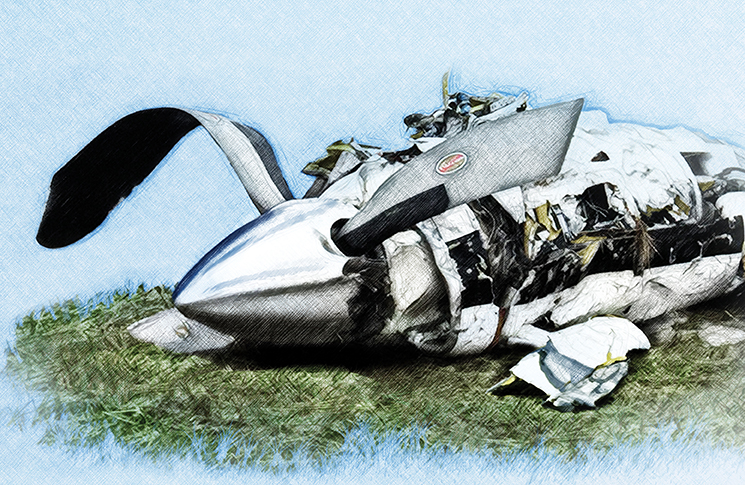
Lessons in living
With an all-up weight well below 5700 kg, the MU-2 was originally categorised as a light aircraft that did not require a type rating. ‘You could have been endorsed on a Baron and qualified to fly a Mitsubishi,’ Murphy says. This changed after the 1988 Leonora and 1990 Meekatharra crashes. CASA’s predecessor, the Civil Aviation Authority, increased the minimum experience and training requirements for pilots to operate the aircraft. Restrictions were also placed on operations in icing conditions.
The complexity of the aeroplane was too much for the average piston-engine pilot.
MU-2 production ended in 1986 but Mitsubishi Heavy Industries continues to support the aircraft from a base in Texas. Since 1994, this support has included a free pilot review of proficiency (PROP) course for owners and operators of the type. Murphy says this course, which most aircraft insurers require for coverage, is a type rating in all but name. The FAA’s 2008 decision to create a special federal aviation regulation (SFAR) – that mandates a standardised training program and checklists for MU-2 operators and requires a functional autopilot in most circumstances – reinforces the point.
Standardised training dramatically reduced MU-2 crash rates. In the 20 years leading up to the SFAR (1998–2007), there were 80 MU-2 crashes in the US that left 40 people dead. In the 8 years following (2008–2016), there were 2 that killed 5.
A night to remember
‘All the accidents in MU-2s come down to training, ground school, awareness and ICUS [in command under supervision] time and assessment of the candidate. The complexity of the aeroplane was too much for the average piston-engine pilot,’ Murphy says. The MU-2 is like a knife, which no-one blames for being sharp, but must be handled skilfully and carefully for the same reason. But his view of the aircraft is not entirely magnanimous – because one night in 1986 an MU-2 tried to kill him and destroy itself.
‘I took off one night heading for Brisbane with a small cargo component for Ansett,’ he recalls. ‘Just as I got airborne, the autopilot engaged itself and wouldn’t disconnect. It was going through its various modes, heading, altitude, nav capture. I hit the disconnect buttons and the disconnect chimes went off but the autopilot didn’t disconnect.’
Murphy found himself at 100 feet with the autopilot trying earnestly to bank the aircraft into a steep turn.
He remembers it vividly. ‘All these stories about how under duress you get calm – bullshit! I thought I was going to die,’ he says.
‘My instructional background probably saved me. I reduced power on one engine to stop the roll, managed a left-hand turn and landed on runway 26. I managed to get a quick ‘mayday!’ out but the tower heard it as ‘have a nice day’ which I certainly was not doing.’
He landed with the autopilot and yaw damper still engaged. ‘I parked the aeroplane and rang the chief engineer, and he rang Mitsubishi and Sperry, who said, “Don’t touch it”.’
When engineers put ground power to the aircraft, they found the autopilot was still connected. Water entering the aircraft nose had penetrated the electronics bay and connected the flight director and autopilot to the battery. ‘It was hot-wired,’ Murphy says.
Dangerous or misunderstood?
The MU-2’s career in Australian skies appears to be reaching its end. Two of the type remain on the Australian register and public flight tracking reveals they are not often flown. The Aviation Safety Network (ASN) database lists 178 hull-loss accidents for all variants of the MU-2, representing a loss rate of 26 per cent of the 704 airframes made. For all variants of the Beechcraft King Air (including Super King Air), the ASN’s hull loss is 352, out of more than 7,500 aircraft made, or 4.7 per cent.
The MU-2 is like a knife, which no-one blames for being sharp, but must be handled skilfully and carefully.
More than 200 MU-2s remain active in North America, where most pilots and operators engage closely with Mitsubishi’s PROP seminars and vigorously defend what they see as a misunderstood and maligned design.
An old joke about the Piper Cub – it’s the safest aeroplane ever made because it can only just barely kill you – gets its bite from the fact that any aircraft can kill an undisciplined, uneducated or ill-prepared pilot. For some types, the bar is set higher than others – the MU-2 was such an aircraft. Its story (or 178 stories, to be precise) should be a cautionary tale for upwardly mobile pilots, looking to stretch themselves in any type of faster more complex aircraft. Ask yourself: Do my skills match my ambitions?

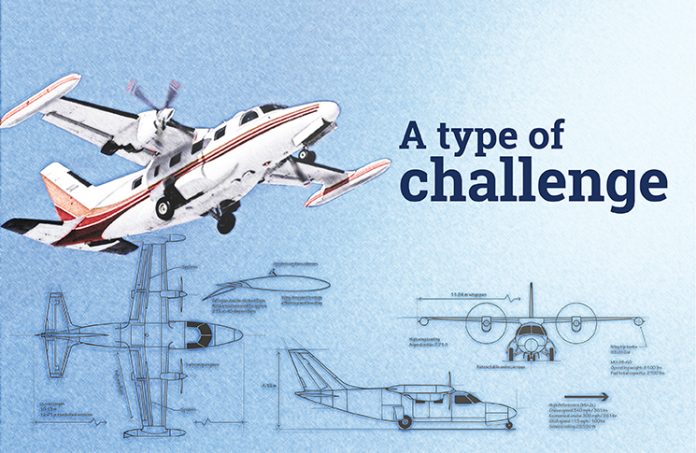
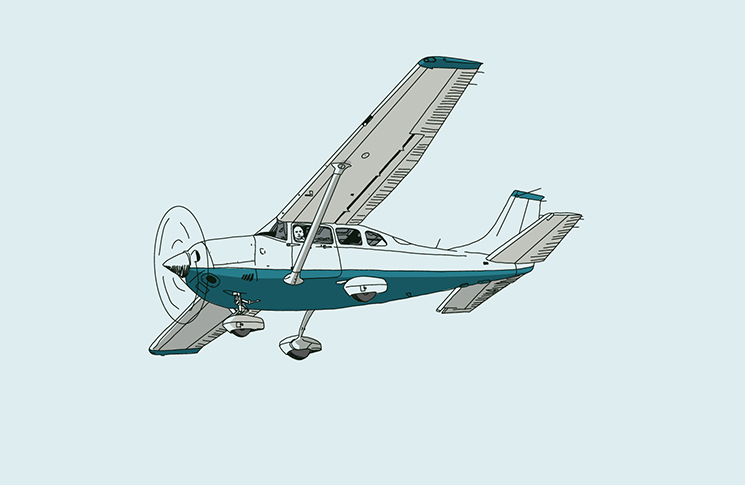
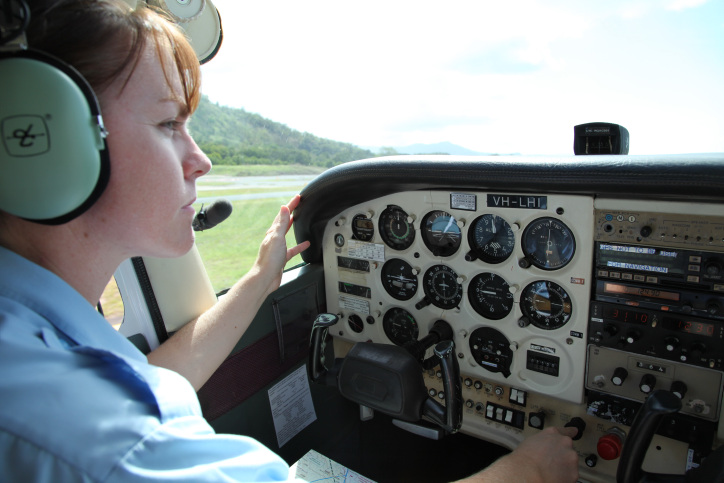


The MU2 has spoilers, not ailerons, and like the Roselawn ATR72 American Airlines crash, the MU2 is a difficult plane to control when ice accretes aft of the boots. For those who don’t understand how spoilers work, they disrupt airflow on a wing which leads to a partial stall and a low wing which sideslips and turns the aircraft. If ice accreted behind the boots and the pilot tries to run the wing will snap stall and enter a spin. Lke any aircraft nin a spin, pull off power and use the rudder to pull the plane out of the spin, but pilot response is typically to use the yoke to level the wings and with spoilers that’s a disaster.
It’s a wonderful plane, but is unique and the pilot needs to understand it in order to get out of trouble.
There have been too many accidents and fatalities to dismiss the obvious fact that this is not a safe aircraft.
You have to wonder about safety articles that say “Standardised training dramatically reduced MU-2 crash rates. In the 20 years leading up to the SFAR (1998–2007), there were 80 MU-2 crashes in the US that left 40 people dead. In the 8 years following (2008–2016), there were 2 that killed 5.”.
This says little about the safety of the aircraft, we need to look at accidents per 100,000 hours or per flight to have some idea, worse, it uses the incorrect periods, the SFAR did not come into effect until 2009, and it compares a vastly larger number of flight hours before SFAR with a much smaller number of flight hours after (reducing fleet size with much reduced utilisation per aircraft as well, with the transistion to private owner-pilot operations). The MU-2 accident rate from 2000-2004 was 1.68 per 100,000 hours, from 2010-2014, after the SFAR came into effect, it lowered to 1.39 per 100,000 hours (the data in the article invites the reader to see a forty-fold reduction instead of an 18% reduction). This is actually better than it sounds, because there was a substantial increase in private owner-pilot utilisation in the second period – the SFAR could be expected to have had a much greater impact on private pilots transitioning from piston twins to a turboprop twin with unusually high performance and unusual flight characteristics. A comparison of raw numbers without addressing fleet size and utilisation is rather meaningless.